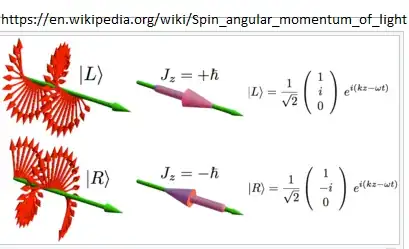Feynman explains the answer to this question in his superb book QED: The Strange Theory of Light and Matter - aimed at laypeople and experts alike.
Using Feynman’s path integral formulation of quantum mechanics, you can calculate the probability of a photon going from point A to point B arriving at time T by considering all of the possible paths it could take - some paths longer than others.
Each path contributes an amplitude of varying phase, with the phase varying according to the total time along the path. The phases have to be added together to calculate the probability of the photon arriving at any given place at any given time.
In the book, the phase at each point on the path can be visualised as the direction of a stopwatch hand rotating at a regular rate along paths of different lengths.
This makes a helpful visual picture, but Feynman warns against a possible misconception.
Photons experience no time, so a photon does not and cannot have phase that changes while it travels (as my2cts correctly commented).
Feynman explains what is really going on (page 106 in my copy). If a photon from a monochromatic source could have taken different paths of different length to arrive at the same place at the same time, then it would need to have been emitted at different times. But the amplitude for a monochromatic source to emit a photo at a certain time changes as time goes on. So this is why different paths contribute different phases – not because the phase changes as the photon moves.
What used to worry me when I first read Feyman’s book originally was – well isn’t this a different photon, then, if it was emitted at a different time? And doesn’t David Deutch say that “a photon only ever interferes with itself”?
However,in quantum mechanics, identical photons are simply indistinguishable photons - and indistinguishable photons are just photons that have the same wavelength, polarization, and spatial and temporal extent. Consequently photons produced at different times by a strictly monochromatic source that end up in the same location at the same time can be identical. Indeed, these days experimenters can and do create identical photons from separate quantum dots and carry out interference experiments to demonstrate that they are identical.
Finally, the thing about path integral amplitudes is that although they apply to the probability of a single photon going from A to B, they aren’t really about photons or individual particles as such – they apply far more generally to the probability of whole configurations of the universe (or parts thereof) ending up in other configurations.
